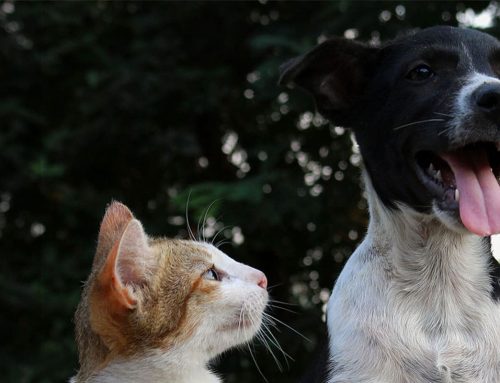Clean, odourless and pale pink in colour, your pet’s ears will also have a minimum amount of wax if they are healthy. It is always suggested to conduct regular ear checkups on your pet’s ears.
Indications of Ear Infections:
- Unpleasant smell
- Increase and frequent scratching and pawing of the ear and head region
- Increased sensitivity to touch resulting in pain
- Black or yellow colour discharge
- Swelling or redness of ear canal or flap
- Behavioural changes like listlessness, irritability and depression
- Accumulation of dark brown colour wax
- Loss of hearing, balance and disorientation
- Bleeding or discharge resembling coffee grind
Causes of Ear Diseases
Otitis Externais
the infection of external ear canal and Otitis Media. The middle ear is mostly affected by infections caused by ear mites, bacteria and yeast. The damage can also be due to injury or any foreign object or debris which blocks the ear canal. In this case, medical attention is required as soon as possible as your cat will be in considerable discomfort. Antibiotics are used to treat bacterial infections and antifungals are administered for yeast infections. The veterinarian can suggest the best course of action available during examination.
Ear Mites
Are common parasites that are highly contagious, often contracted from pet to pet. Excessive itching is the most common sign. Ear mites create dark, crumbly debris that look like coffee grinds.
Aural Haematoma
Is the result of blood accumulation in the ear flap and it is referred to as Pinna. The cause of this disease in most cases is still unidentified, but can sometimes be caused by vigorous head shaking, scratching or trauma to the ear area resulting in damage to the blood vessels, often set off by infection, mites, fleas or debris.
Deafness
Usually brought on by age, trauma, loud noise or infection, can also be hereditary or congenital. Unfortunately, once diagnosed with clinical deafness, it is a lifelong condition.
How to Prevent Ear Infections
Ear cleaning solution used on an appropriate basis can be helpful in maintaining the health of your cat’s ears.
Administration of Ear Drops or Ointment in Cats
- For correct dosage, read the instructions on the label;
- Pull the ear flap over the head region, squeeze out the required amount and administer into the lowest part of ear canal; and
- Gently massage the ear area to help work the medication deeper into the ear canal.
Please Note: Always administer the entire dose of medicine for maximum effectiveness. To administer efficiently, you have to stay calm as your pet can sense if you are nervous, making it difficult to apply the treatment. Don’t forget to praise and reward your pet.




